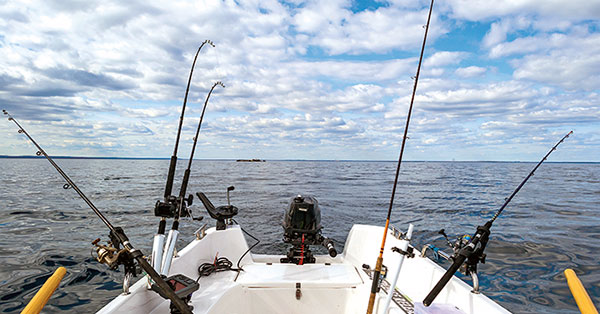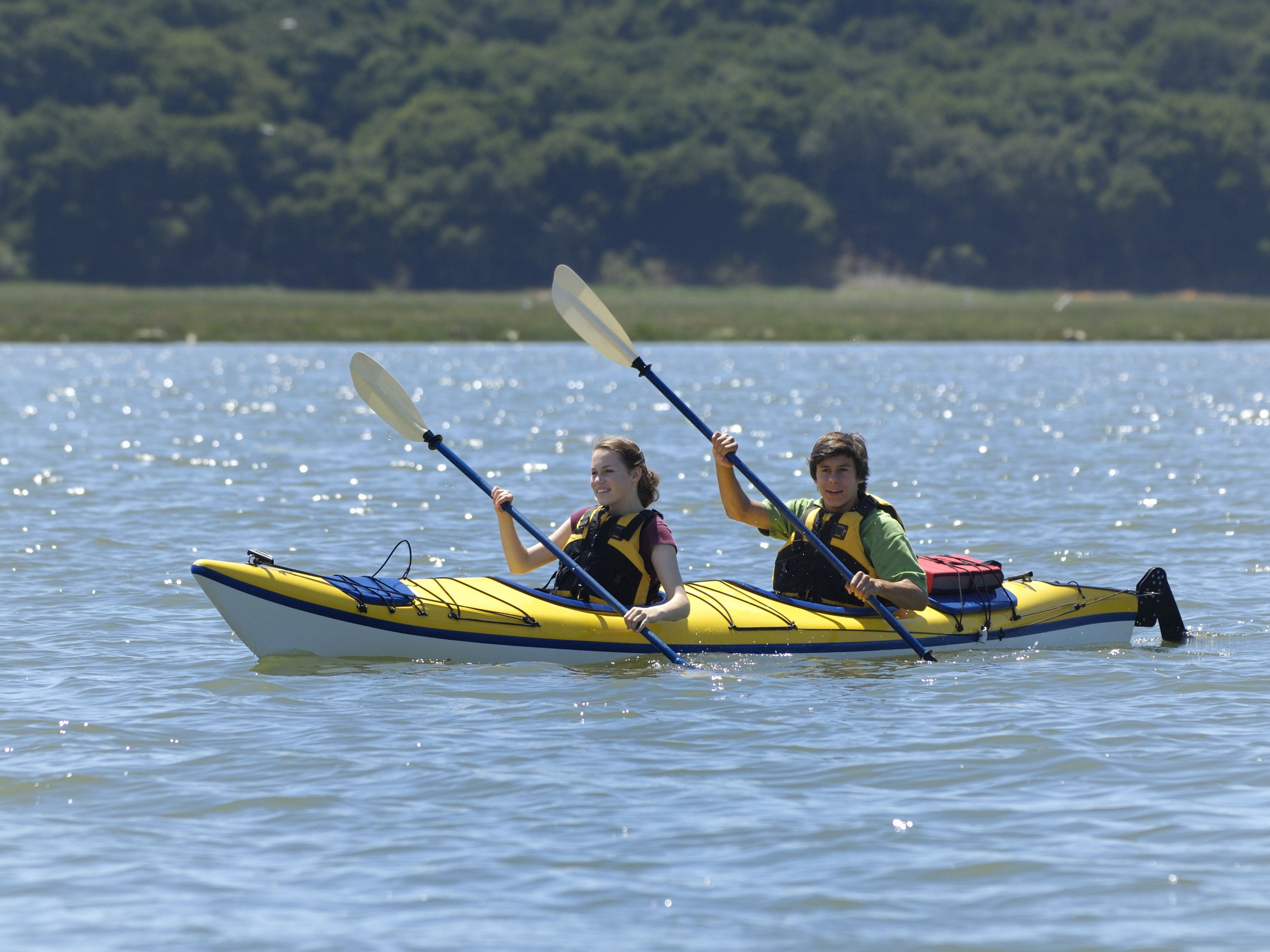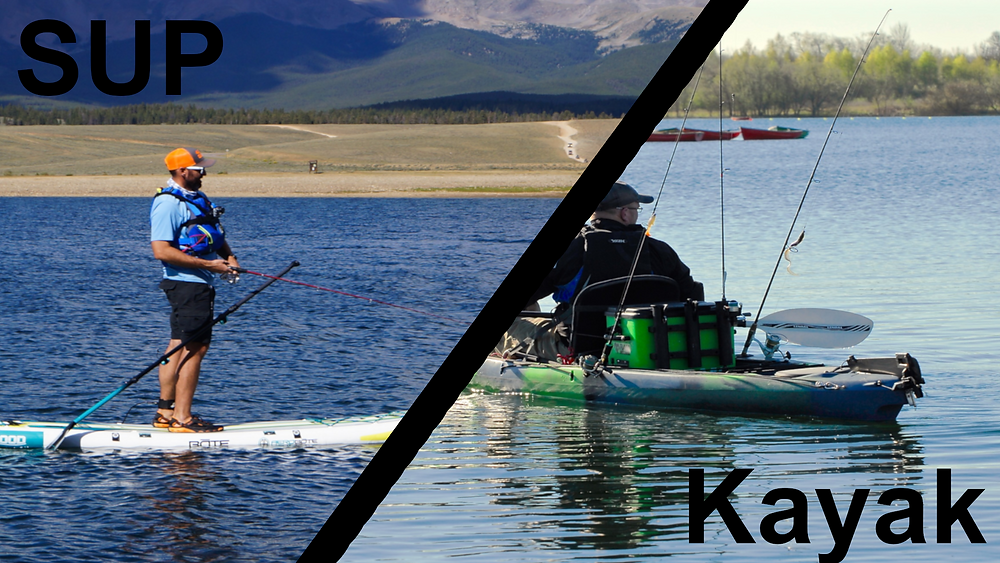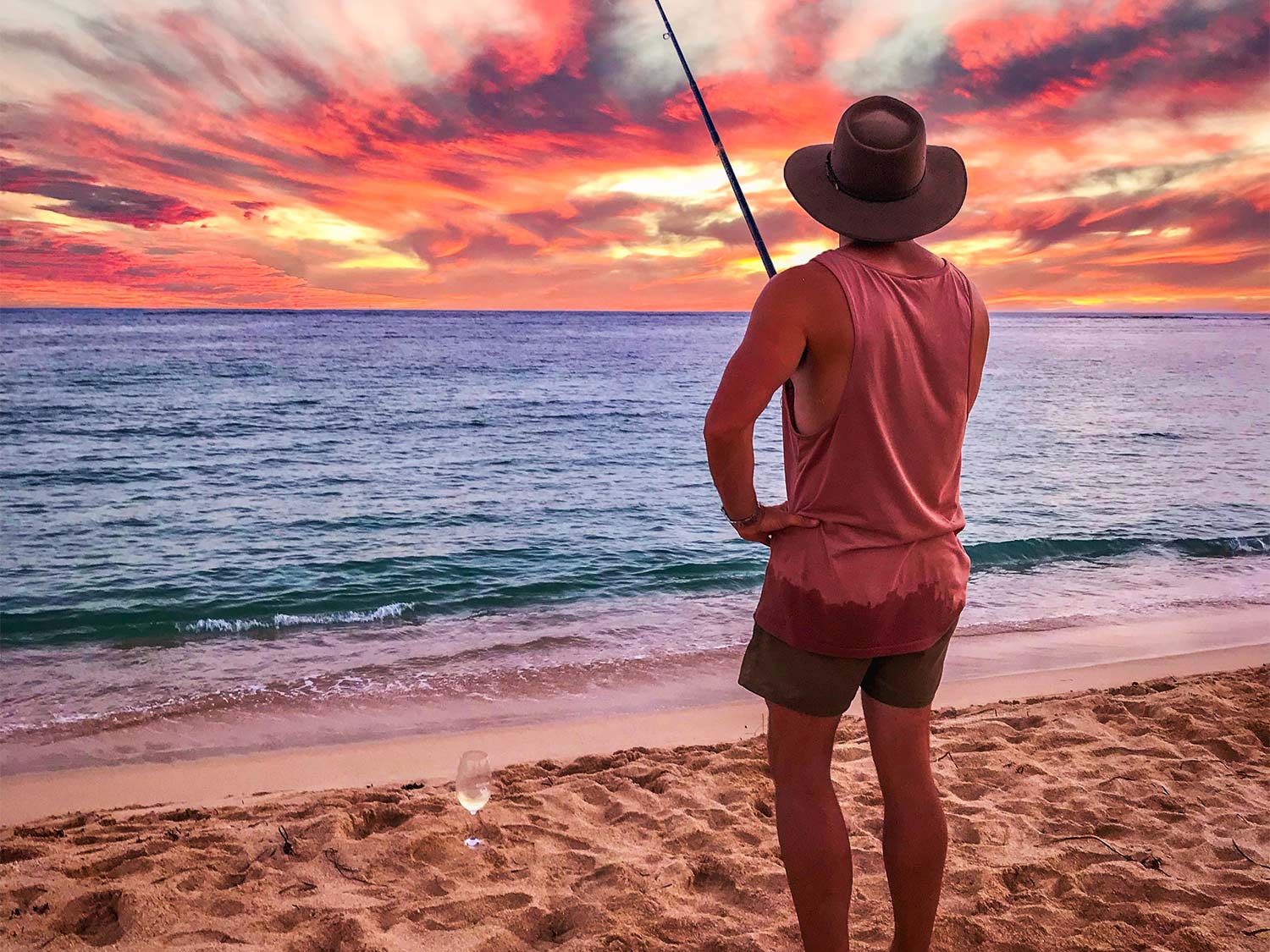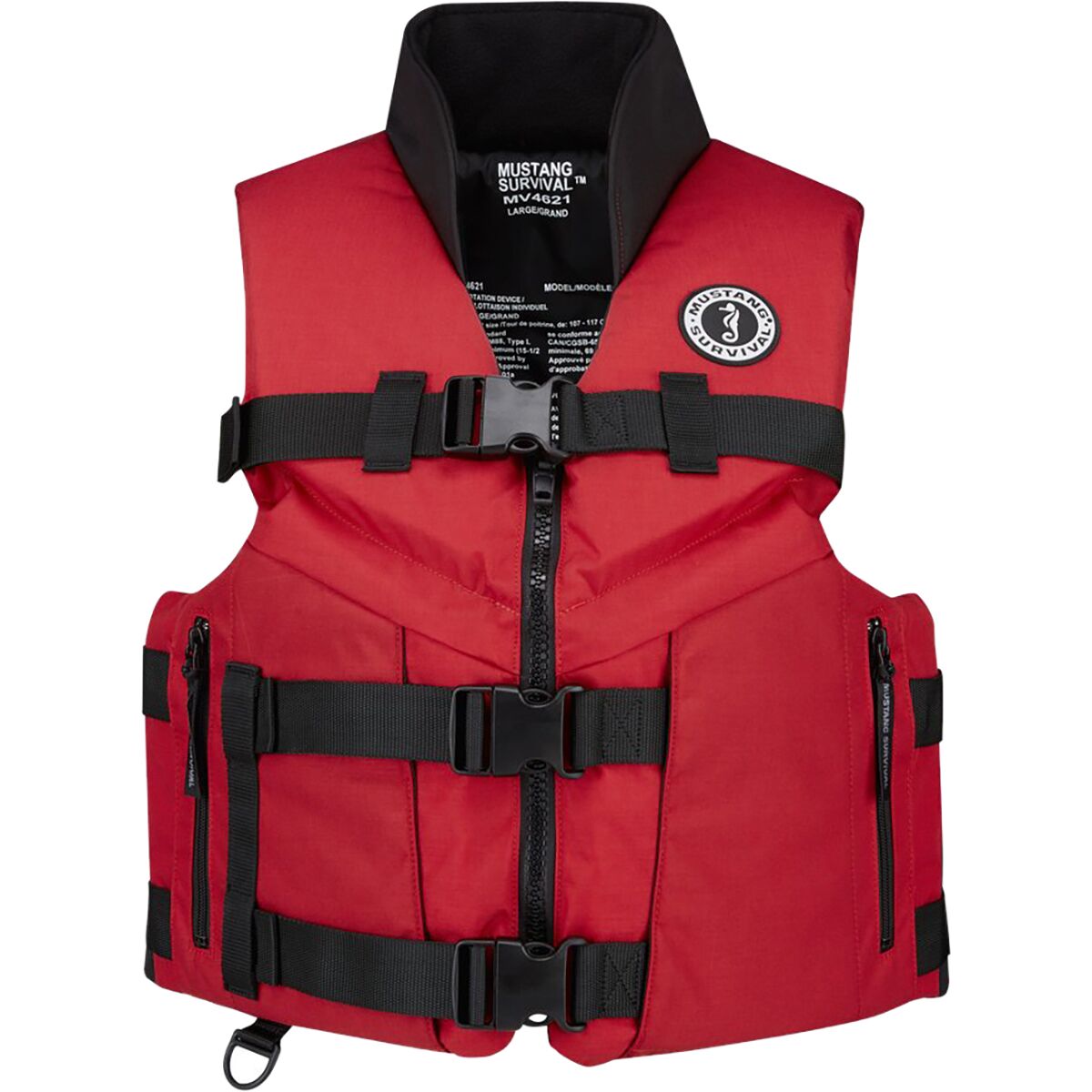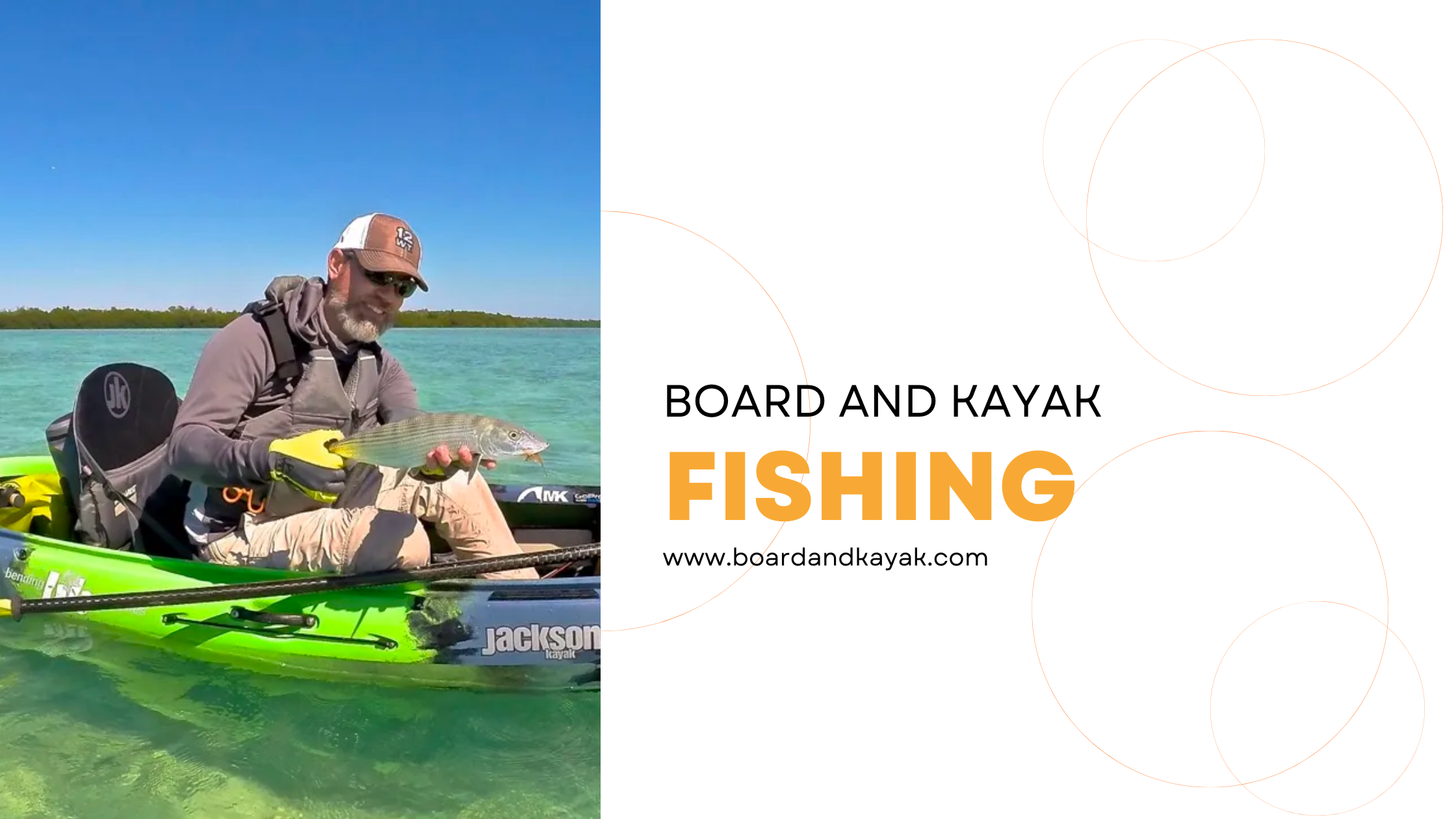
Trolling Fishing: A Beginner's Guide
Trolling is a fishing technique where a moving boat drags bait or lures to trick fish into thinking it's prey.
Where to Troll?
Trolling is versatile:
- Ocean
- Lake
- River
Finding a Good Trolling Spot
- Locate your fish:
- Use sonar
- Watch for birds diving
- Look for floating weed lines
- Achieve the right depth:
- Use different equipment for bait placement.
Common Catches
Depending on the water type:
- Freshwater: Salmon, Trout, Bass, Walleye
- Nearshore Saltwater: Kingfish, Wahoo, Barracuda
- Offshore Saltwater: Mahi Mahi, Tuna, Sailfish, Marlin
Essential Gear
Rods
- Freshwater/Inshore: Stiff rod
- Offshore: Specialized, heavier rods (6 ½ - 7 ½ ft)
Reels
- Conventional vs Spinning: Conventional offers more line for trolling
- Line-Counting Reels: Helps replicate presentations
- Two-Speed Reels: Useful for bigger fish
Line
- Monofilament: Good for higher speeds
- Braided: Stronger, less buoyant
Riggers
- Outriggers: Long poles for more lines
- Downriggers: Devices to lower bait deeper
- Planer Boards: Cheaper alternative to downriggers
Lures and Baits
- Types of Lures: Skirted lures, spoons, plugs, soft plastics
- Bait Options: Squid, ballyhoo, mullet, mackerel
How to Troll?
Importance of Speed
- Adjust based on the water conditions and prey imitation.
Switching It Up
- Vary speed and direction for a natural presentation.

